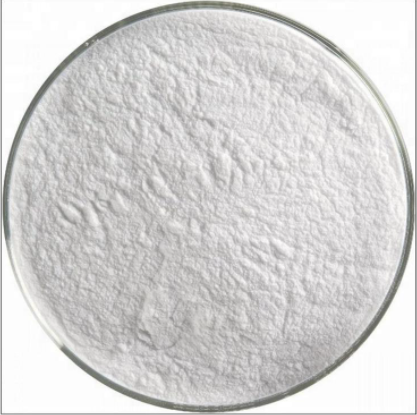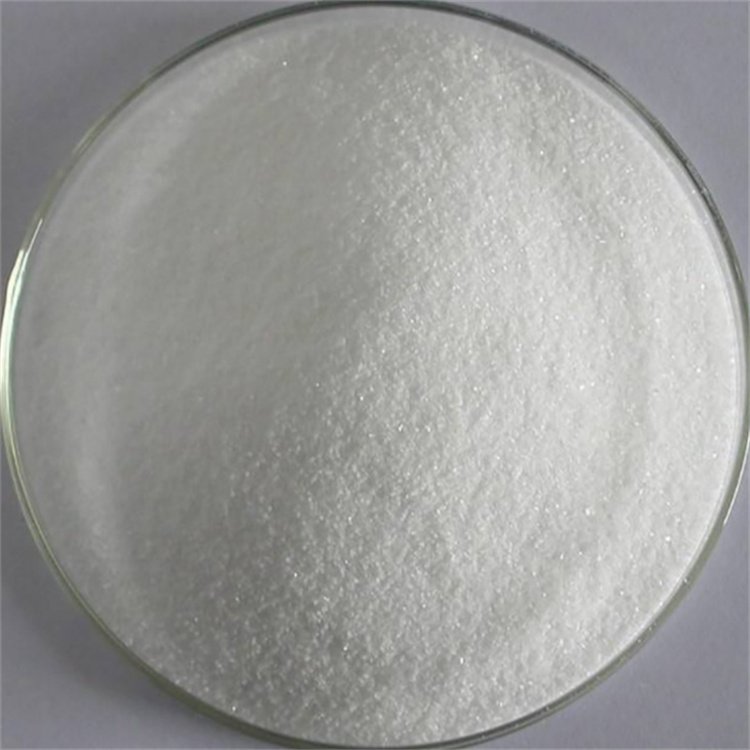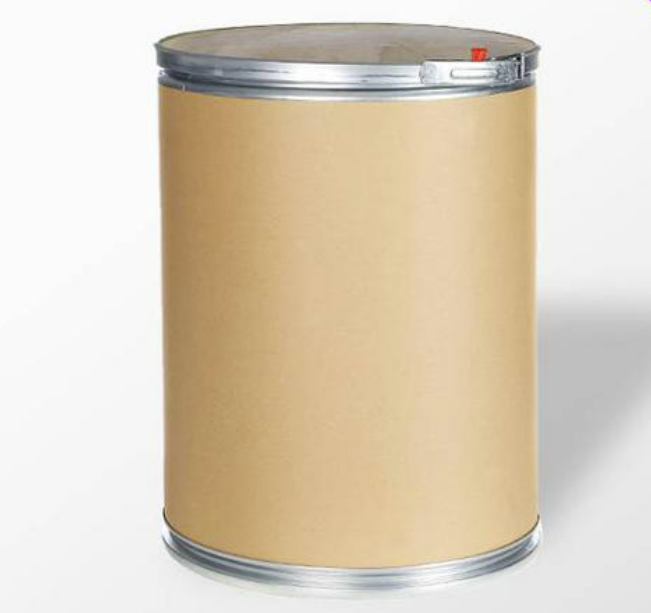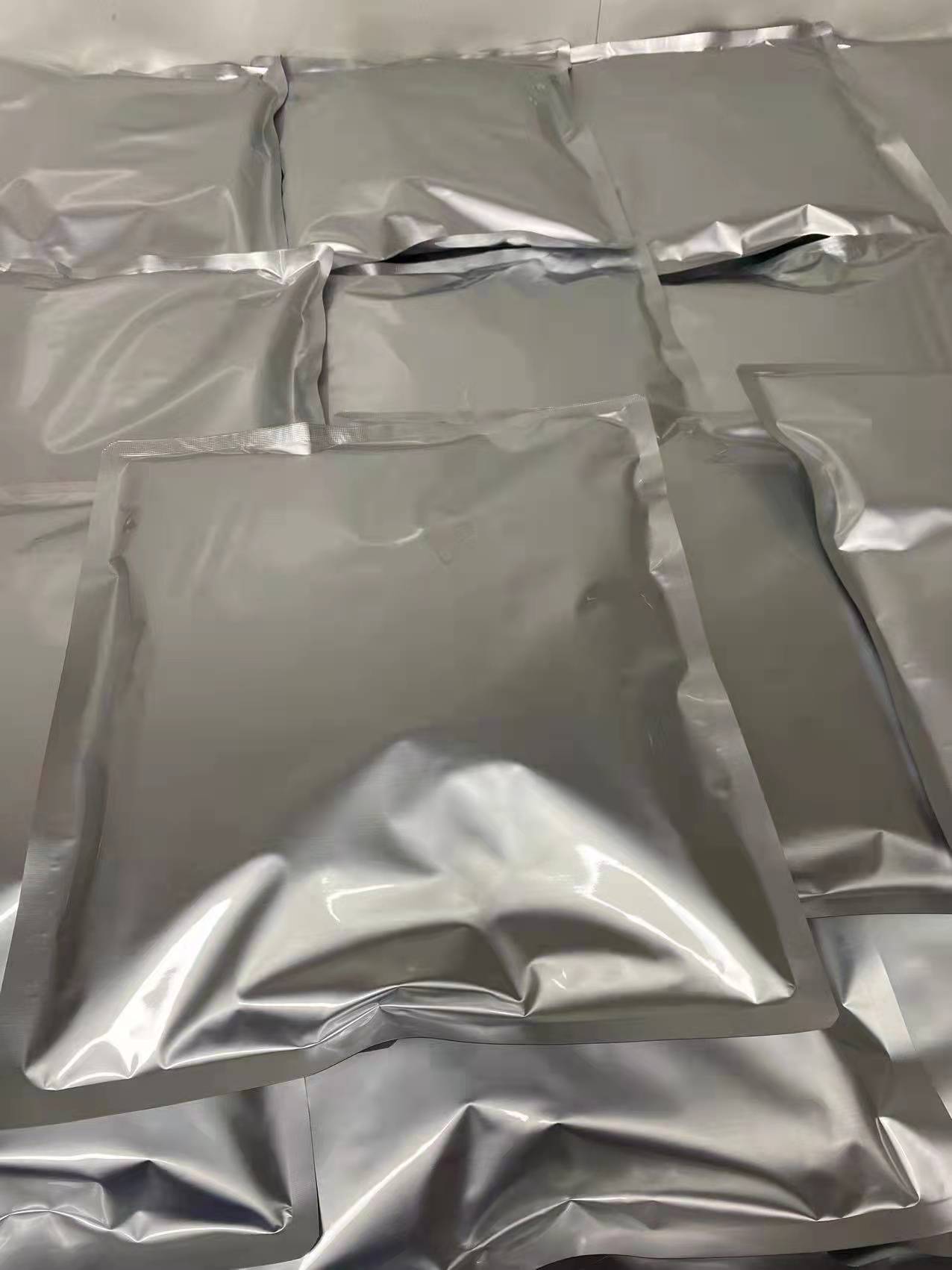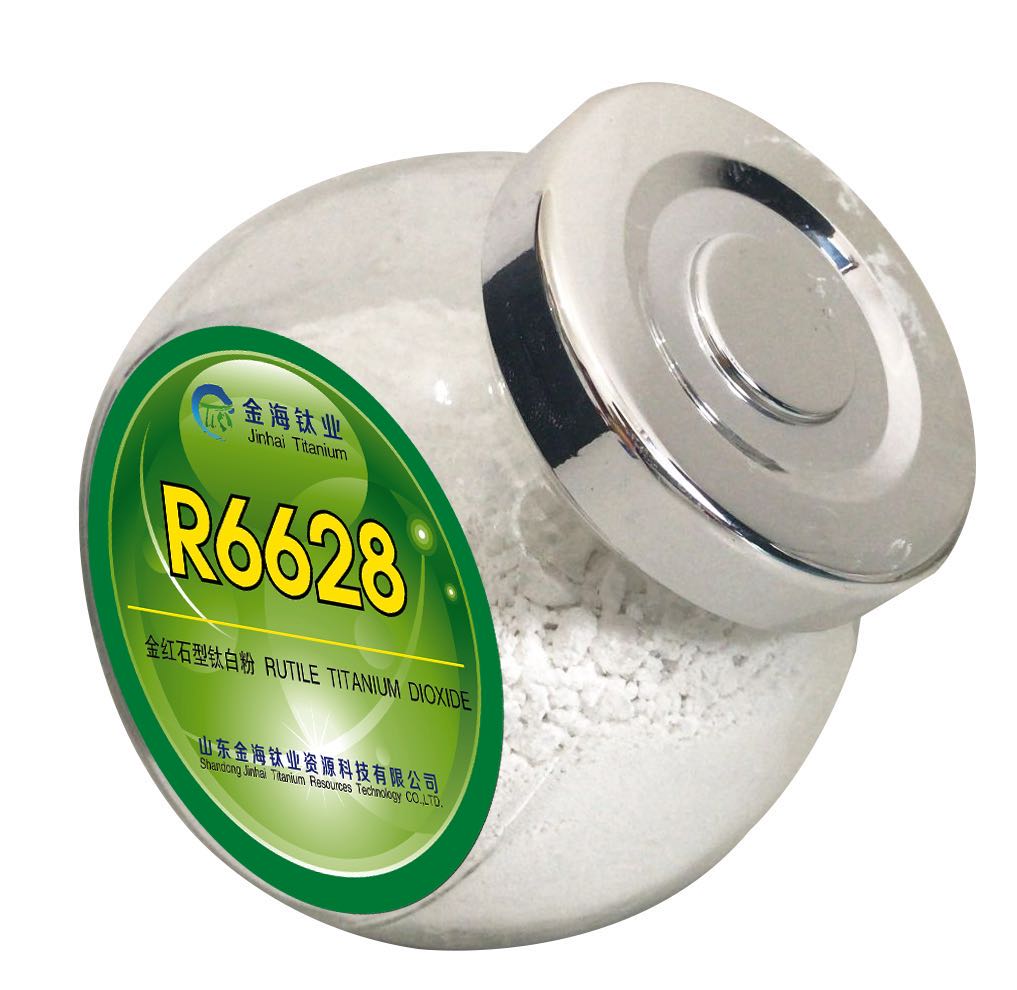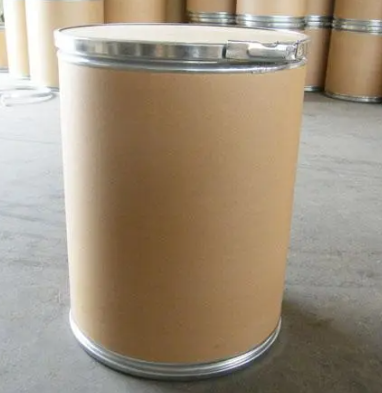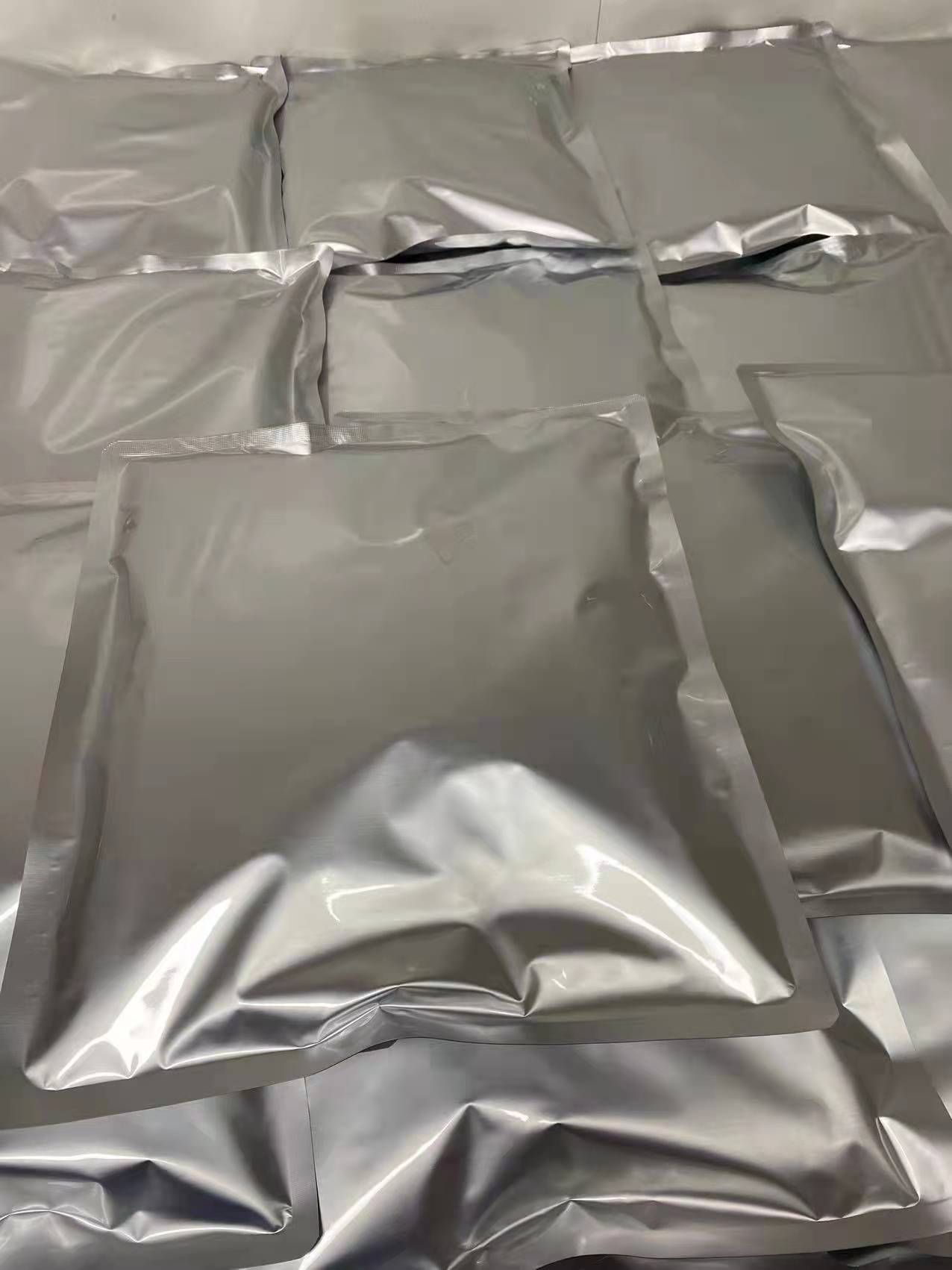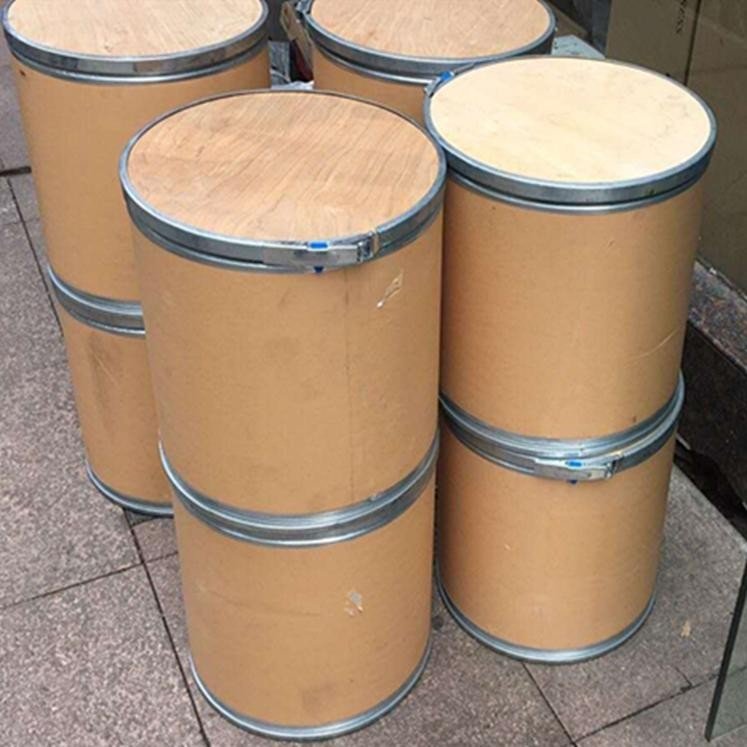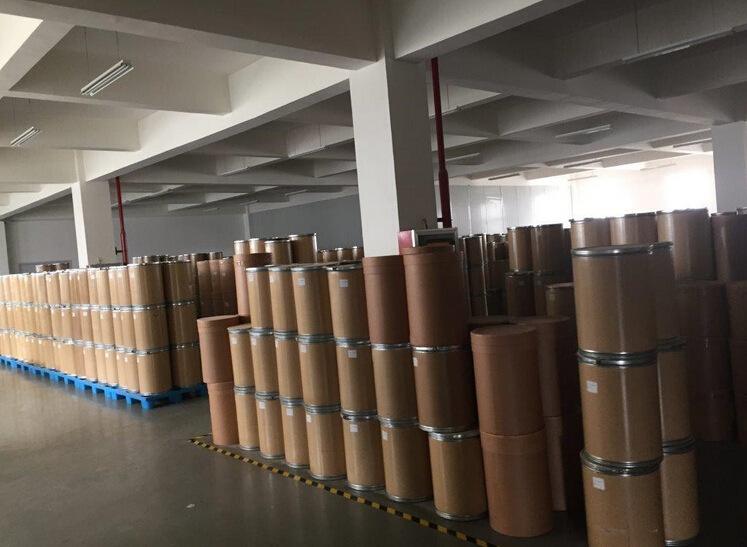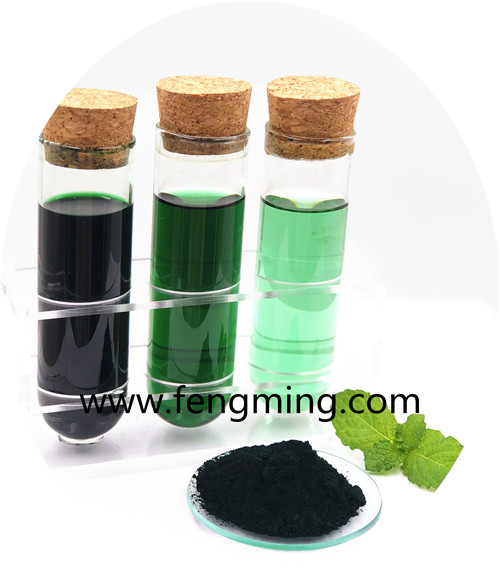Feed Additive
Additives For Food Packaging
Colorant
Stabilizer and Coagulator
Water Retention Agent
Feed Deworming Health Agents
Anti Corrosion and Preservation
Color Fixative
Flour Treatment Agent
Defoamer
Coating Agent
Feed Vitamins
Emulsifier
Other Food Additives
Nutritional Fortifier
Thickening Agent
Feed Quality Enhancer
Antioxidants
Chewing Gum Bases
Bulking Agent
Feed Amino Acids and Small Peptides
Flavor Enhancer
Sweeteners
Additives For Feed Preservation
Other Feed Additives
Food Additive
Bleaching Agents
Anticaking Agent
Food Flavors and Fragrances
Enzyme Preparation
Feed Trace Elements
Acidity Regulators
Feed Growth Promoters
Feed Conditioner
CAS:135-51-3
Molecular Formula:C10H6Na2O7S2
Alias
More Information
3-Hydroxy-2,7-Naphthalenedisulfonic Acid Disodium Salt; Disodium 2-Naphthol-3,6-Disulfonate; R Salt; R Acid Disodium Salt; Sodium 3-Hydroxynaphthalene-2,7-Disulfonate; Disodium 3-Hydroxy-2,7-Naphthalenedisulfonate
Brief Introduction
Fluorescent indicator. Diazonium salt and aromatic amine reagent. Organic synthesis. Dye intermediates. It is mainly used to produce azo dyes and edible pigments.
Suppliers
View More Vendors (3) >
CAS:144-68-3
Molecular Formula:C40H56O2
Alias
More Information
All-Trans-Zeaxanthin; Zeaxanthol; Zeaxanthine; Cryptoxanthin; Synthetic Zeaxanthin; Xanthophyll 3; (1R)-4-[(1E,3E,5E,7E,9E,11E,13E,15E,17E)-18-[(4R)-4-Hydroxy-2,6,6-Trimethylcyclohexen-1-Yl]-3,7,12,16-Tetramethyloctadeca-1,3,5,7,9,11,13,15,17-Nonaenyl]-3,5,5-Trimethylcyclohex-3-En-1-Ol; β,β-Carotene-3,3'-Diol, (3R,3'R)-; All-Trans-B-Carotene-3,3Diol; .Beta.,.Beta.-Carotene-3,3-Diol, (3R,3R)-
Brief Introduction
This product is obtained from natural plants through refining and purification. Zeaxanthin is a strong antioxidant. It can also protect tissues and cells by quenching singlet oxygen and scavenging free radicals, so as to protect biological systems from potential harmful effects caused by excessive oxidation reaction.
Suppliers
View More Vendors (3) >
CAS:1317-80-2
Molecular Formula:O2Ti
Alias
More Information
Titanium Dioxide; Dioxotitanium; Titanium Dioxide Rutile; Anatase; R6618; Titania; Tioxide; Titanium White; Anatase(Tio2); Titandioxid; Titanium Dioxide Rutile Grade; Rutile(Tio2); Titanic Anhydride; Powdered Titanium Oxide; Flake Titanium Oxide; Rutile Titanium Dioxide; Titanium Oxide; 13463-67-7; Suppliers of Titanium Dioxide Rutile Grade
Brief Introduction
Titanium dioxide is an important inorganic chemical pigment, which is mainly composed of titanium dioxide. It has important applications in coatings, ink, paper, plastic, rubber, chemical fiber, ceramics and other industries. Titanium dioxide is not only used as colorant in rubber industry, but also has the function of reinforcing, anti-aging and filling. Titanium dioxide is added into white and color rubber products. Under sunlight, it is resistant to sunlight, cracking, discoloration, high elongation and acid-base resistance. Titanium dioxide for rubber, mainly used in automobile tires and rubber shoes, rubber floor, gloves, sports equipment, etc., is mainly anatase. However, a certain amount of rutile products are often added in the production of automobile tires to enhance the ability of anti ozone and anti ultraviolet. Titanium dioxide is widely used in cosmetics. Because titanium dioxide is nontoxic and far superior to lead white, almost all kinds of perfumes use titanium dioxide to replace lead white and zinc white. Only 5% - 8% titanium dioxide can be added to the fragrance powder to get permanent white, which makes the fragrance more greasy and has adhesion, absorption and covering power. In gouache and cold cream, titanium dioxide can reduce the feeling of greasy and transparent. Titanium dioxide can also be used in other spices, sunscreen, soap tablets, white soap and toothpaste.
Suppliers
View More Vendors (2) >
Alias
More Information
Adaptinol; Lutein Ester; Xantofyl Palmitate; Aptinol; All-Trans-Dipalmitoyllutein; Lutein Bispalmitate; Lutein Esters; All-Trans-Lutein Dipalmitate; Dipalmitoyl-Lutein; All-Trans-Dpl; Helenien With Tlc; Heligal; Xanthophylldipalmitate; Helenien(Rg); (6'R)-Beta,.Epsilon.-Carotene-3(R),3'(R)-Diol Dipalmitate; .Beta.,.Epsilon.-Carotene-3,3-Diol, Dihexadecanoate, (3R,3R,6R)-; Beta-Carotene-4,4'-Diol Dipalmitate; (3R,3'R)-β,ε-Carotene-3,3'-Diol Dihexadecanoate; _|_; Dye; Dyestuff; food Colors; food Colours
Brief Introduction
Duxinju is a plant of the genus duxinju in Compositae. In addition to ornamental, duxinju can also be used as medicine. In the aspect of traditional Chinese medicine, the whole herb with flowers of duxinju is used as medicine to treat liver and kidney yin deficiency, dizziness, weak waist and knee, early white beard, rheumatoid arthritis and other diseases. Lutein ester is an important carotenoid fatty acid ester with dark reddish brown fine particles. Most lutein esters existing in nature can be divided into trans lutein esters and CIS lutein esters, which are basically all trans molecular configurations. All trans lutein esters can be divided into lutein monoester and lutein diester. It widely exists in Wanshou chrysanthemum, pumpkin, cabbage, shouzao and other plants. Among them, the content of Marigold is the most abundant, as high as 30% to 40%. In marigold and other plants, lutein generally exists in the form of ester combined with fatty acids (such as lauric acid, palmitic acid, etc.).
Suppliers
View More Vendors (2) >
CAS:11006-34-1
Molecular Formula:C34H31CuN4Na3O6
Alias
More Information
Chlorophyllin, Trisodium Salt; Sodium Copper Chlorophyllin; Sodium Copper; Chlorophyllin, Coppered, Trisodium Salt; Copper Sodium Chlorophyllate; Chlorophyllin Sodium Copper Salt; Cuprate(3-), [18-Carboxy-20-(Carboxymethyl)-8-Ethenyl-13-Ethyl-2,3-Dihydro-3,7,12,17-Tetramethyl-21H,23H-Porphine-2-Propanoato(5-)-N21,N22,N23,N24]-, Trisodium, [Sp-4-2-(2S-Trans)]-
Brief Introduction
Sodium copper chlorophyllin is used as food colorant and medical raw material. It has the function of promoting the healing of gastrointestinal ulcer in medicine.
CNY 5 Million
30636m²
Less Than 50 People
Manufacturing
Manufacturing
| Product Photo | Specification | Grade | Max Capacity | Certificates | Package | |
|---|---|---|---|---|---|---|
|
|
||||||
| Pharm Grade | - | - |
10kg /
Fibre Drum
25kg /
Fibre Drum
|
|||
| Pharm Grade | - | - |
10kg /
Fibre Drum
25kg /
Fibre Drum
|
Main products:
Chlorophyllin
/Sodium Iron Chlorophyllin
/Sodium Magnesium Chlorophyllin
/Oil Soluble Chlorophyll
/Chlorophyll A
/Phytol
/Mulberry Red Pigment
/Phylloquinone
/Lutein
/Zeaxanthin
Inquiry (
10
/ 10
)
Clear All
Sign In
Error!

